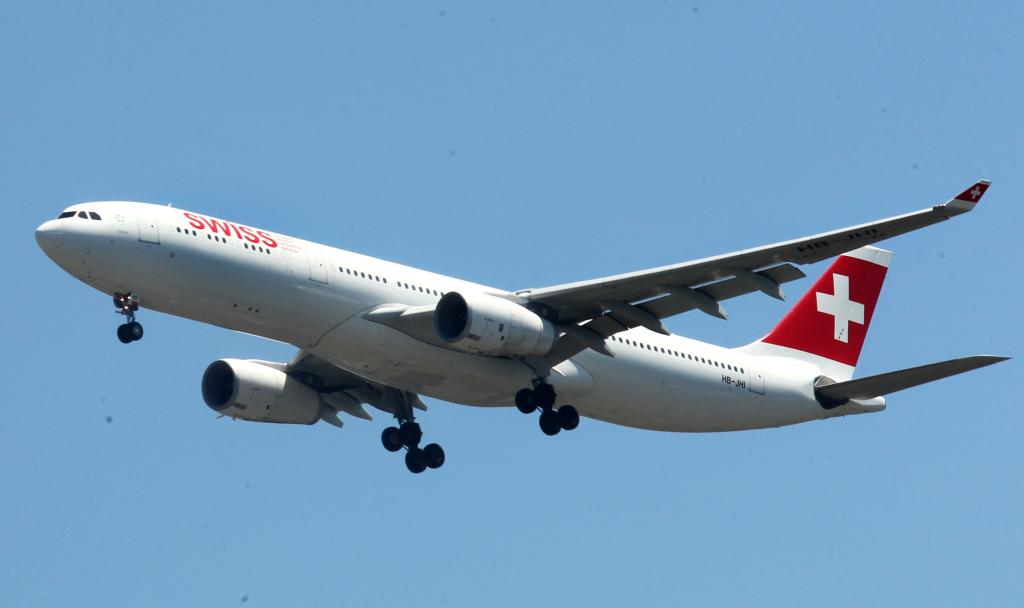The incident occurred at JFK Airport in New York City, where the Swiss Air flight was heading to Zurich. The plane had been cleared for takeoff but had to slam on the brakes after realizing that four other planes had also been cleared to enter the runway. This communication error could have resulted in a catastrophic collision, but the quick thinking of the pilots prevented a disaster from occurring.
The confusion at JFK Airport highlights the importance of clear and effective communication between air traffic control and pilots. In a busy airport like JFK, with multiple planes taking off and landing at any given time, a mistake in communication can have severe consequences. The near-miss incident serves as a reminder of the potential dangers of miscommunication in aviation and the need for constant vigilance from both air traffic controllers and pilots.
The incident also raises questions about the safety protocols in place at JFK Airport and whether additional measures need to be implemented to prevent similar incidents in the future. With the increasing volume of air traffic at major airports like JFK, it is crucial that safety protocols are continually reviewed and updated to ensure the safety of passengers and crew members. The near-miss involving the Swiss Air flight serves as a wake-up call for airport authorities to double down on safety measures.
Fortunately, the Swiss Air flight was able to avoid a collision with the other planes on the runway, but the incident serves as a sobering reminder of the potentially catastrophic consequences of communication errors in aviation. The pilots’ quick thinking and decisive action averted a disaster, but the incident should serve as a learning opportunity for the aviation industry as a whole. It is crucial that lessons are learned from this near-miss to prevent similar incidents from occurring in the future.
The incident at JFK Airport underscores the critical role that clear communication plays in ensuring the safety and efficiency of air travel. Effective communication between air traffic control and pilots is essential in coordinating the movements of multiple planes in a busy airport environment. The near-miss involving the Swiss Air flight serves as a stark reminder of the importance of following established safety protocols and remaining vigilant at all times while in the air.
In conclusion, the near-miss incident at JFK Airport involving the Swiss Air flight serves as a wake-up call for the aviation industry to prioritize safety and communication. The incident could have resulted in a catastrophic collision if not for the quick thinking of the pilots. It is essential that lessons are learned from this incident to prevent similar occurrences in the future. Clear and effective communication between air traffic control and pilots is crucial in ensuring the safety and efficiency of air travel, particularly in busy airport environments like JFK. Ultimately, the near-miss incident should prompt a reevaluation of safety protocols in place at major airports to prevent similar incidents from happening again.


